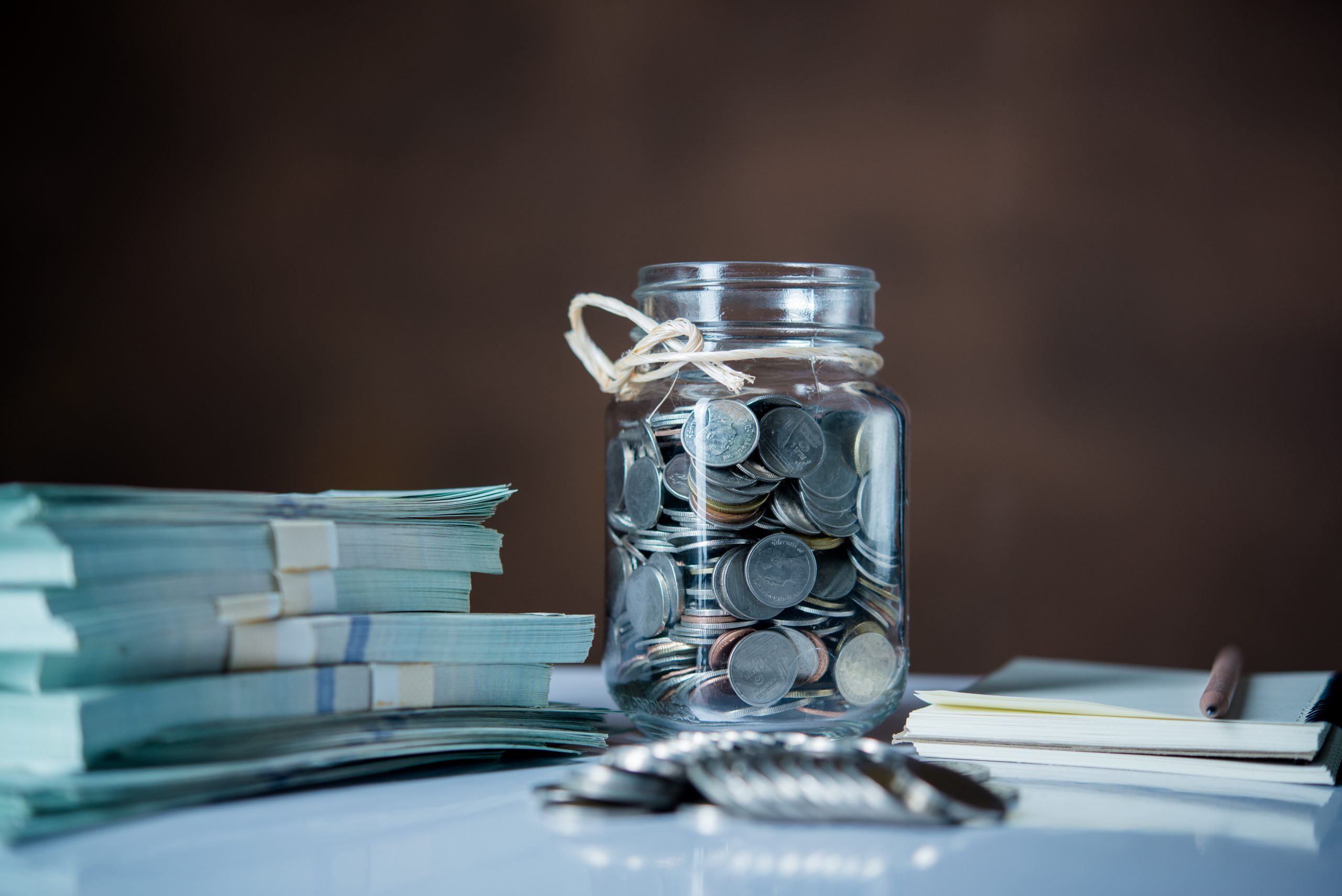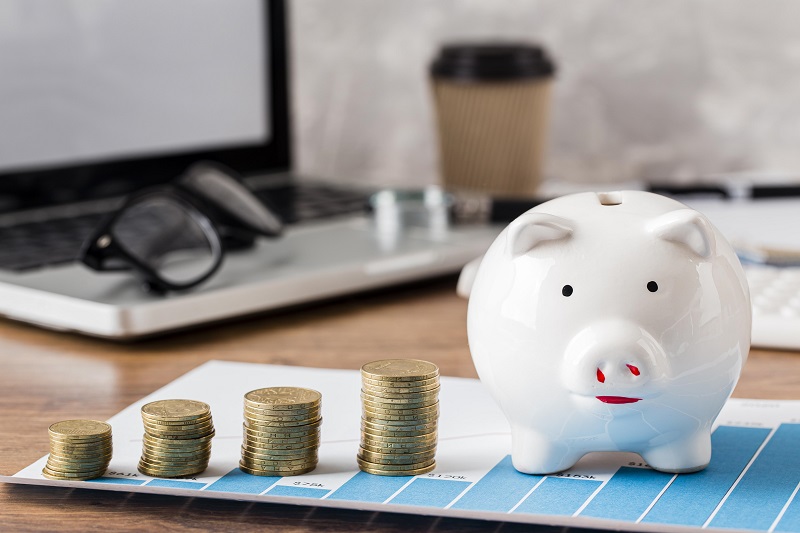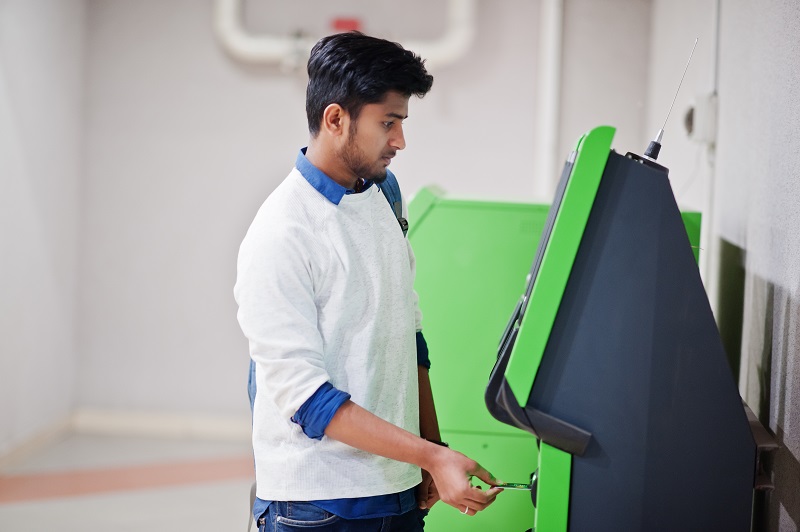By Dheeraj Agrawal, Communication Professional
Life is full of unexpected and sudden situations- both good and bad. What else can explain this better than the present pandemic? COVID-19 taught us many lessons. Thousands and lakhs of people lost their jobs, and for many people, running family expenses became a big question. These difficult times made us understand the importance of having an Emergency Fund. This fund is not the responsibility of any government, company or organization, but of every individual.
What is the purpose of the emergency fund?
According to the Investopedia, an emergency fund is a financial safety net for future mishaps and/or unexpected expenses. Examples of such mishaps or unexpected expenses include job layoff, a sudden critical illness or disability due to an accident. In financial planning, as much emphasis is given on investing in a disciplined manner as it is on creating emergency funds. Remember that during ‘good days’, a small amount of money saved regularly helps a lot in ‘bad days’.
What should be the size of the emergency fund
The size of the fund will vary from individual to individual. It depends on several factors such as your income, lifestyle, existing debt and most importantly, your expenses. According to financial advisors, everyone should have an emergency fund between three times to six times their monthly household expenses. For example, if your monthly expenditure is Rs 50,000, then your emergency fund should be between Rs 1.5 lakh and Rs 3 lakh. Your basic needs are counted in monthly expenses, such as house rent or EMI, food, children’s school fees, essential medicine expenses, etc.
How to make an emergency fund?
This fund does not get created overnight; for this you will need to deposit money gradually. Whether it is the first year or twenty-fifth year of your job, if you have not yet started creating an emergency fund, then start it from today. But before beginning that, you must note that an emergency fund is not your investment. You do not make this for any long-term goal or to get returns. Its sole purpose is to support you in adverse economic conditions. Therefore the emergency fund should be liquid, which means that the access to this money should be quick and easy. When there is an emergency situation, the fund should be in your hand immediately. You should always remember this aspect and decide where you will keep the Emergency Fund money. Never invest your emergency fund in stocks, as their value can suddenly decrease in the event of an economic slowdown.
Where to park your emergency fund?
It is an important decision, and it will depend upon your comfort and understanding of the various investment tools. You can either choose one or more than one from the following options.
1)Savings Account
For the emergency fund, you can park at least 20% of the total amount in a saving bank account. As you can access a saving bank account fund 24×7 using a debit card, so the liquidity is excellent in this case. Though you should remember the daily limit of withdrawal through debit or ATM card. Keep in mind that this bank account should be different from your salary account.
2)Auto Sweep in Account
This is another good option for an emergency fund. Auto sweep in account gives you the flexibility of your excess money in a savings account to turn into fixed deposits, and thereby you earn better returns.
3)Fixed Deposits
Fixed deposits are also one of the good investment avenues for creating an emergency fund. But it would be best if you go for a bank FDs rather than corporate FDs. You can break your FDs at very short notice, and the liquidity condition of the emergency fund is taken care of.
4)Liquid or Short Term Debt Funds
Liquid and short term debt funds have some advantages over bank deposits. The entry barrier for these funds is low. You don’t need to save a minimum sum to get started in it, unlike a fixed deposit. Also, you can get a return in the range of 8-10% from these. When you withdraw from a fixed deposit, your bank will levy a premature withdrawal penalty, whereas there is no such cost associated with liquid funds. But, you must also check whether there is an exit load applicable in case of early redemption of liquid and short term debt funds.
5)NPS Tier 2 Account
If you have opened an NPS Tier 1 account for creating a retirement fund, then also consider opening an NPS Tier 2 account for parking your emergency fund money. The best part is that you can get as much return on it as you get in an NPS Tier 1 account. And a Tier 2 account of NPS is equivalent to the bank savings account, so the liquidity is equally good in it.
It is essential to remind you once again that the purpose of an Emergency Fund is not to get returns but to have money readily available. So you can compromise on the returns but not on the liquidity. If your expenses increase with time, then you should also increase the size of your emergency fund. You should never withdraw money from an emergency fund for your non-essential expenses. By looking at the amount deposited in this fund, you may get tempted to use it for a travel plan or buy the latest gadget, but you must refrain from doing so. Emergency always arrives unannounced, and it never gives you time to create a fund again. If you have an emergency fund, the uncertainty of job or occupation will not give you mental and financial stress, at least for a few months.







